The United Nations’ Action Plan
Today, “one-third of the world’s people, mainly in least developed countries and small island developing states, are still not covered by early warning systems... This is unacceptable”, said Antonio Guterres, United Nations Secretary-General.
He tasked the World Meteorological Organization (WMO) with spearheading action to present an action plan at the next UN climate conference. The “Early Warnings for All” Action Plan was launched at COP27 to accelerate the implementation of early warning systems in developing countries and territories subject to natural disasters.
The Action Plan clearly builds on CAP-enabled emergency alerting, a simple and scalable protocol that facilitates the interfacing between participating systems, and thus in enabling the widest possible dissemination of alerts. "Pillar 3" of the UN Action Plan is titled "Warning Communication and Dissemination" and one of its outcomes is "All countries have the capability for effective, authoritative emergency alerting that leverages the Common Alerting Protocol (CAP), suitable for all media and all hazards."
Eliot Christian, CEO Alert-Hub.Org, commented: “The UN Early Warnings for All initiative builds on CAP-enabled alerting that is so useful for all manner of emergencies, at scales ranging from city, province, nation, region, and up to global. This simple, standardized technology helps communities to quickly get warnings to everyone in harm's way, helping people to save lives and livelihoods. Civic authorities, as well as scientific/technical agencies and news organizations everywhere, should embrace this approach immediately”.
Definitions of EWS, MHEWS, and PWS
There are various acronyms used around the topic, let’s have a closer look:
- Early warning systems (EWS); UN definition:
“An integrated system of hazard monitoring, forecasting and prediction, disaster risk assessment, communication and preparedness activities systems and processes that enables individuals, communities, governments, businesses and others to take timely action to reduce disaster risks in advance of hazardous events.”
- Multi-Hazard Early Warning Systems (MHEWS); UNDRR definition:
“MHEWS address several hazards and/or impacts of similar or different type in contexts where hazardous events may occur alone, simultaneously, cascadingly or cumulatively over time, and taking into account the potential interrelated effects.”
- Public Warning Systems (PWS); EENA definition:
"System that can alert as many people as possible within a given location about potential or concrete danger and provide them with advice and information on how to react.”
One must distinguish the nuance between:
- A framework, which is set to determine the stakeholders involved, their roles and responsibilities, as well as the processes and procedures and the risk analysis,
- and the alerting technology used, which defines the management of alerts, the communication infrastructures in place, alert aggregators, etc.
Public Warning Systems (PWS) are the population alerting tools that sit within the Early warning systems (EWS) and Multi-Hazard Early Warning Systems (MHEWS) framework. Both the frameworks and the technology are interrelated and converge to the same goal: anticipate and manage risks more effectively to save lives.
Taking a holistic approach to people’s safety
Seeing the big picture is critical when it comes to early warning. The topic is vast and it’s tempting to tacking the problem from just one angle. There are two pitfalls to avoid:
It’s not just about “warning”
Both the collection and analysis of warning data and the ability to disseminate alerts must be integrated to be efficient. People in charge must be able to rely on a coordinated, efficient, and consolidated chain of warning and communication channels. The UN’s 4 components are key to ensuring proper integration and a sustainable system:
- Disaster risk knowledge
- Detection, observations, monitoring, analysis and forecasting of hazards
- Preparedness and response capabilities
- Warning, dissemination, and communication
It’s not just about climatic events
Today’s technologies can help to adapt to and mitigate the risks of climate change, but why limit to one type of risk when instruments exist to prevent and manage industrial, human, health, and technological threats? The combination of fast data analytics, location intelligence, and mass communication enables:
- The collection and analysis of tremendous amounts of risk-related data
- Real-time situational awareness to streamline field operations
- AI/ML algorithms to help predict risks
- Targeted incident communications with retargeting capabilities
- The powerful dissemination of alerts at scale
Intersec addresses the needs of national authorities and the special needs of telecommunications operators involved in the global warning architecture, here is how it works:
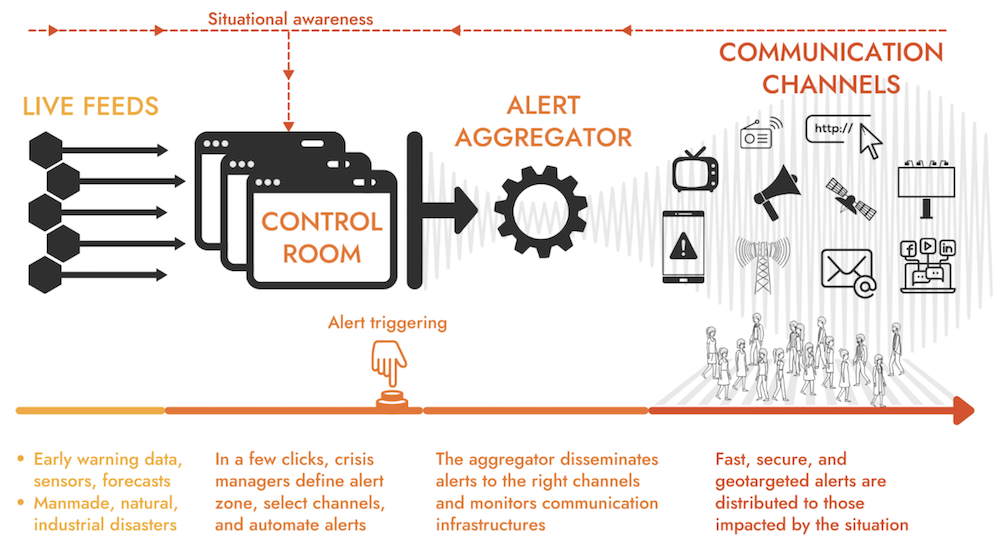
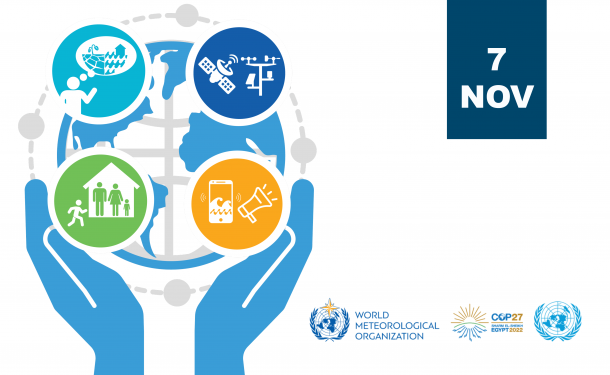 Intersec embraces the UN 'Early Warnings for All' Initiative and recalls the importance of an integrated approach" />
Intersec embraces the UN 'Early Warnings for All' Initiative and recalls the importance of an integrated approach" />
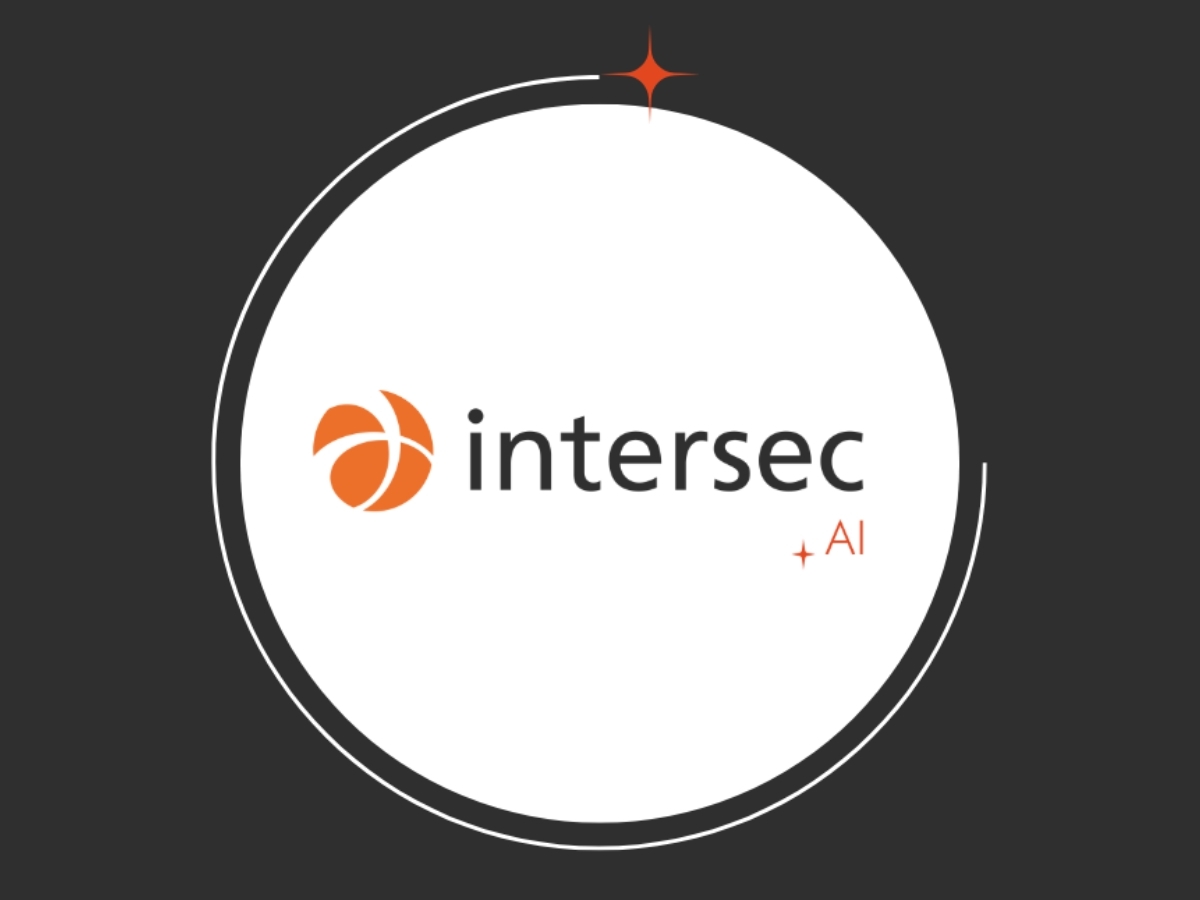

.jpg)

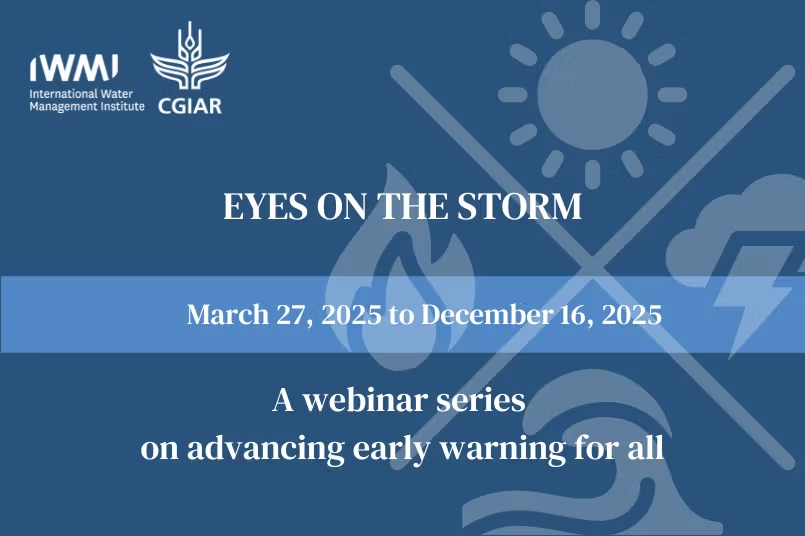


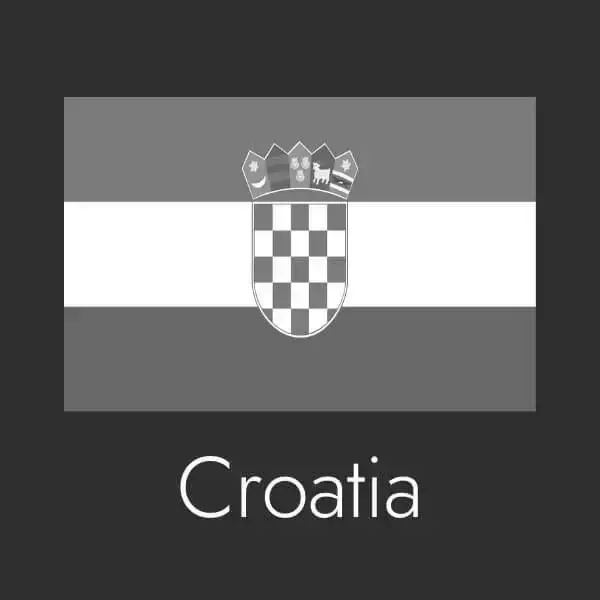




.webp)


.webp)




















